
James oversees the content of our site and ensures the quality of every review and news article. With over 10 years of experience in the gambling industry, he has dedicated his career to exploring new trends and market analysis. James strives to make our articles accurate, understandable, and engaging for all readers. In his free time, James enjoys playing poker and has authored several books on poker strategy.
Roulette is one of the most well-liked casino gambling opportunities around the world. It is a mix of chance and strategies that appeals to numerous players. And the main question is: “What is roulette game? ” It came from France and covers a betting on a rotating wheel fitted with numbered pockets. Gamblers can bet on various outcomes. It may be as one number, so a choice of red or black colour, the odd or even status of the winning number. This further variety also adds to the appeal of being a casino staple-both on land and online.
Equipment Needed For Playing Roulette

A few important pieces of equipment are concerned with playing this classic game. In fact, each of these components plays an important role while running the game, placing bets and watching the outcome unfold. This awareness enhances one’s appreciation for roulette and the thrill experienced from the spinning of the wheel.
Roulette table
The roulette table is the playground where the game’s action takes place. It features a big grid number display comprising numbers, colours, and other various betting options. The numbers will come in sequence along with their designated colours, like red and black, in an alternate manner. Players place their bets on the table that permits making two different kinds of wagers, including inside and outside bets.
Roulette wheel
The roulette wheel is normally made of wood and is designed with numbered pockets. The arched wheel allows the ball to move around as it goes in the opposite direction. One wheel has a capacity of 37 or 38 pockets, respectively, European or American. The idea is that the ball drops in one pocket, which eventually lands the number and colour of the winning rounds.
Roulette ball
In essence, the ball used in the roulette game is a small, lightweight sphere with prominence at the centre of the game. Traditionally, these were made from ivory, but modern versions are often made from resilient materials like nylon or phenolic resin. After the ball has spun in a circle above the edge of the wheel, it slows down and then falls into a pocket.
We also recommend paying attention to:
How Much Do Online Casinos Make?
Roulette markers
Roulette markers, better known as dollies, have their role on the table. They may form shapes of small chess pieces or come as cylindrical glass blocks. When the wheel has been spun, a marker is placed by the dealer on the table, signalling the winning number that is a visible cue for quick recognition of the result by all players for the sake of the entertaining atmosphere. This also helps in keeping the markers clear on the table, especially when involving many players.
Poker chips
The poker chips are usually coloured of different sizes to enable players to know different denominations. The chips that usually have small denominations are normally round, while the larger chips can be rectangular. They place chips on the table to mean placing a bet on a particular number, section, or color. Poker chips have special designs to eliminate confusion and ensure smooth transactions of betting. This is done by providing each player with a different colour so it does not mix the bets.
Rake
The rake is a tool used by the croupier for tending or handling the chips in the course of the game. Originally, it would be a small-sized device conveniently handled by the dealer to pick up the losing bets; once the result is set, the croupier will take the rake to take chips away from losers and distribute them to winning bets. It would be an invaluable help in maintaining order on the table, regularizing the game, and not confusing who has how many chips.
The Basic Rules of Roulette
Understanding basic roulette rules means having a great time with it. The game involves a wheel with numbered pockets, each alternating between red and black, and a green pocket marked ‘0’ (or ’00’ in American roulette). Players place bets on where they think that the small ball will finally rest.
A roulette player may bet on any single number or on a series of numbers, on colours – red or black – or on the appearance of an odd or even number. All bets are placed, after which the dealer spins the wheel in one direction while the ball spins around in the other. The ball eventually lands in one of the numbered pockets as the wheel slows down; this determines the winning colour and number. The payout to winners will be based on the odds of their winning wager.
American Roulette
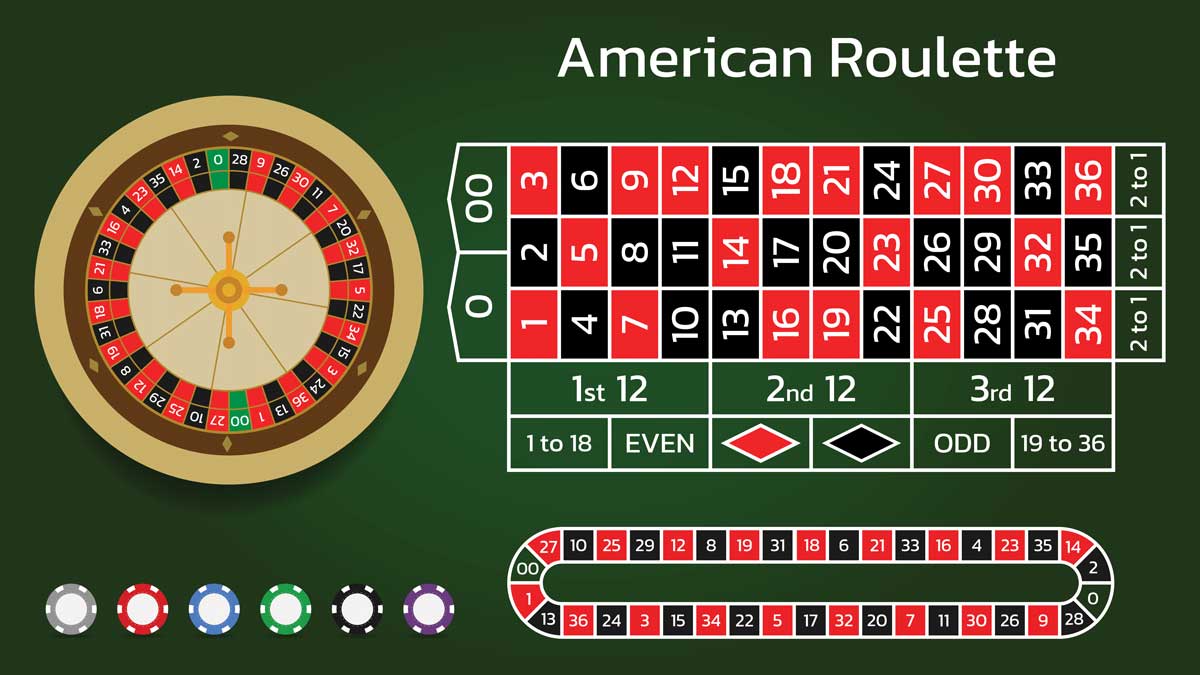
American Roulette unlike European Roulette, which features a single zero pocket, includes both a single zero (0) and a double zero (00) pocket, totalling 38 pockets. This addition bumps up the house edge to about 5.26%, whereas in the European version, it is 2.7%.
The wheel contains 36 numbered pockets, alternately coloured red and black; the two green pockets bear the zeros. Players bet on one or more possibilities in connection with the number that will turn up, such as a certain number, the colour – whether red or black – or odd-even. The croupier turns the ball in the direction opposite to that of the rotation of the wheel; the number it stops on determines the winning number.
For instance, if the player had placed his bet on number 17, on which the ball happens to bounce into the 17 pocket, he wins. He gets to get 35 to 1 on his straight-up bet for a single number.
European Roulette
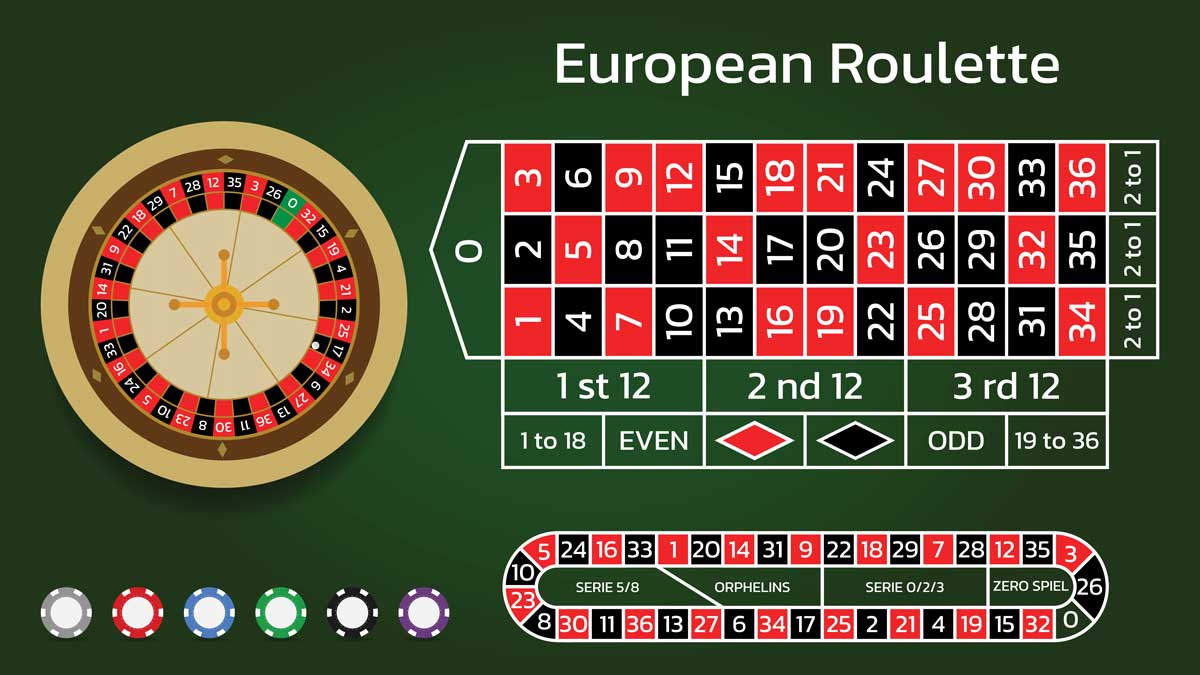
European Roulette is a classic, single-zero wheel game with 37 pockets, ranging from numbers 1 through 36, plus a single zero equated as 0. The numbers in the wheel alternate between red and black; the zero pockets are coloured green. This design gives a house edge of about 2.7%, hence more in favour of the player, as opposed to American Roulette, which contains not only a single zero but also a double zero, pushing the house edge up to about 5.26%.
Players make their bets on the possible outcomes that may be an exact number, color, or even/odd number. For example, a player placing a bet on the number 17 will be expecting the ball to land in the number 17 pocket; in such a case, the player wins with a payoff of 35 to 1.
We also recommend paying attention to:
How to Sign Up for an Online Casino
French Roulette

French Roulette casino game offers unique features distinguishing it from other roulette variants. The wheel has 37 pockets, alternating between red and black, numbered from 0 to 36-the 0 green pockets. With just one zero, this gives precisely the house advantage of about 2.7%, like European Roulette.
The first difference is that French Roulette has two special rules: “La Partage” and “En Prison.” According to the “La Partage” rule, if there are even-money outside bets, for example, red/black, odd/even, and high/low, the ball stops at 0, players lose just half of the bet, while the other half will be given back.
Then again, the rule “En Prison” stipulates that players can leave their bets on the table for the next spin if the ball stops on 0. After all, if the bet happens to win on the next spin, the original bet is returned without any extra gains.
These rules can drop the house edge for even-money bets down as low as 1.35% and provide gamblers with considerably better odds.
Moreover, French Roulette includes some bets that are not available in other variations; there are “announced” or “call” bets, which describe inside bets covering particular groups of numbers on the wheel. For instance, the “Voisins du Zero” covers numbers around the 0 on the wheel, encompassing 17 numbers.
How To Make A Bet In Roulette
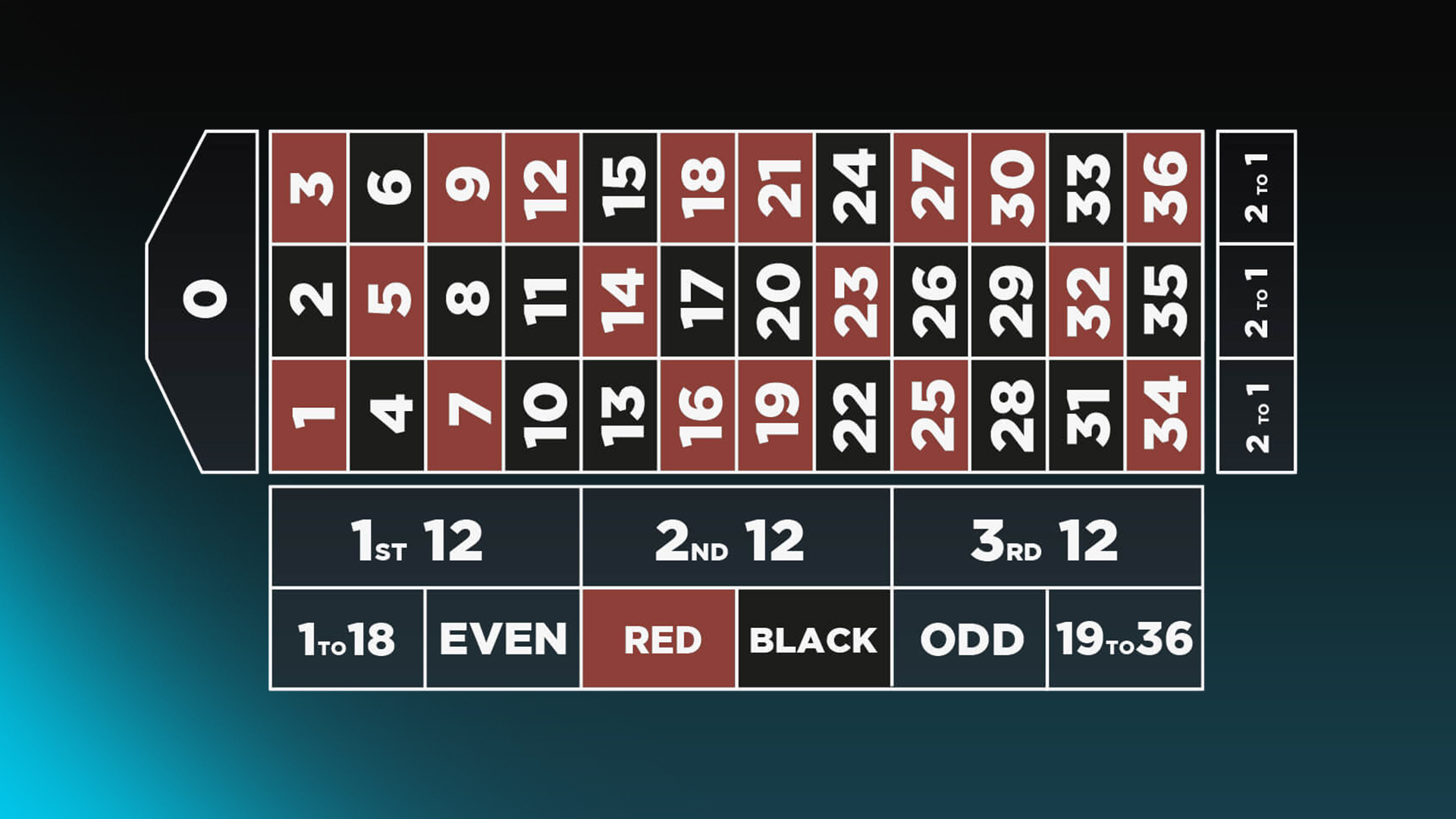
Understanding how to place bets in roulette is essential for both new and experienced players. This guide will walk you through the various betting options available, categorized into inside and outside bets so that you can make probably wise decisions in playing roulette.
Inside Roulette Bets
Inside bets are wagers placed on certain numbers or small sets within the numbered grid of the roulette table. These bets offer higher payouts but come with a lower probability of winning.
Straight / Single
A straight bet involves placing one’s chip straight on one number. Thus, should the ball land in the box marked by your chosen number, it pays 35 to 1. You bet on it landing on 17 by just putting a chip on the number 17.
Split
A split bet covers two adjacent numbers by placing a chip on the line between them. If either number wins, the payout is 17 to 1. For instance, placing a chip on the line between 17 and 18 means you’re betting that the ball will land on either 17 or 18.
Street
A street bet covers three numbers continuously across a row. You make this bet by placing your chip at the edge of the row containing those three numbers. If any of them wins, then there is a payout with 11:1. As has been explained, the placing of the chip at the edge of the row housing 4, 5, and 6 would be a bet on the landing on either 4, 5, or 6.
Six Line / Double Street
A six-line bet covers two adjacent rows, amounting to a total of six numbers. Place a chip at the end of the two rows to take this bet. In case any of these six numbers win, then you’ll get a payout of 5 to 1. You shall, for instance, place a chip at the end of the rows containing 1, 2, 3, 4, 5, 6. That means you bet that the ball is going to fall on any of those six numbers.
Corner / Square
A corner is a bet on four numbers that make a square on the table. You place your chip on the crossing of the four numbers. The payoff – if one of the four numbers hits – is once 8 to 1. Example: If you place a chip where the borders of 1, 2, 4 and 5 touch, you make a bet on any of these four numbers hitting.
First Four
Also known as the “basket” bet, this wager covers the numbers 0, 00, 1, 2, and 3. A chip is placed where the edges of these numbers intersect. In the event that one of the numbers called upon wins, the result of the bet is 6 to 1. Example: A chip placed at the intersection of 0, 00, 1, 2 and 3 in a bet is a win on whichever of the five numbers comes out.
We also recommend paying attention to:
Outside Roulette Bets
Outside bets are wagers placed on broader categories of numbers and are located outside the numbered grid. When outsides are concerned, a player has high winning probabilities, whereas the payoff is not that great.
Low or High
A low bet covers numbers 1 to 18, while a high bet covers numbers 19 to 36. Place a chip in the corresponding box labelled “1 to 18” or “19 to 36.” If the ball lands on a number within your chosen range, the payout is 1 to 1. For example, placing a chip in the “1 to 18” box means you’re betting that the ball will land on a number between 1 and 18.
Odd or Even
This bet covers all odd or all-even numbers. Place a chip in the “Odd” or “Even” box. If the ball lands on a number matching your choice, the payout is 1 to 1. For example, placing a chip in the “Even” box means you’re betting that the ball will land on an even number.
Red or Black
This bet covers all red or all-black numbers. Place a chip in the “Red” or “Black” box. If the ball lands on a number matching your chosen colour, the payout is 1 to 1. For example, placing a chip in the “Red” box means you’re betting that the ball will land on a red number.
Dozen Bet
A dozen bet covers a group of 12 numbers. There are three options:
- First Dozen (1-12): Place a chip in the “1st 12” box.
- Second Dozen (13-24): Place a chip in the “2nd 12” box.
- Third Dozen (25-36): Place a chip in the “3rd 12” box.
If the ball lands on a number within your chosen dozen, the payout is 2 to 1. For example, placing a chip in the “2nd 12” box means you’re betting that the ball will land on a number between 13 and 24.
Column Bet
A column bet covers all 12 numbers in a vertical column. Place a chip in the box at the end of the column labelled “2 to 1.” If the ball lands on a number within your chosen column, the payout is 2 to 1. For example, placing a chip in the “2 to 1” box at the end of the second column means you’re betting that the ball will land on a number in that column.
Systems
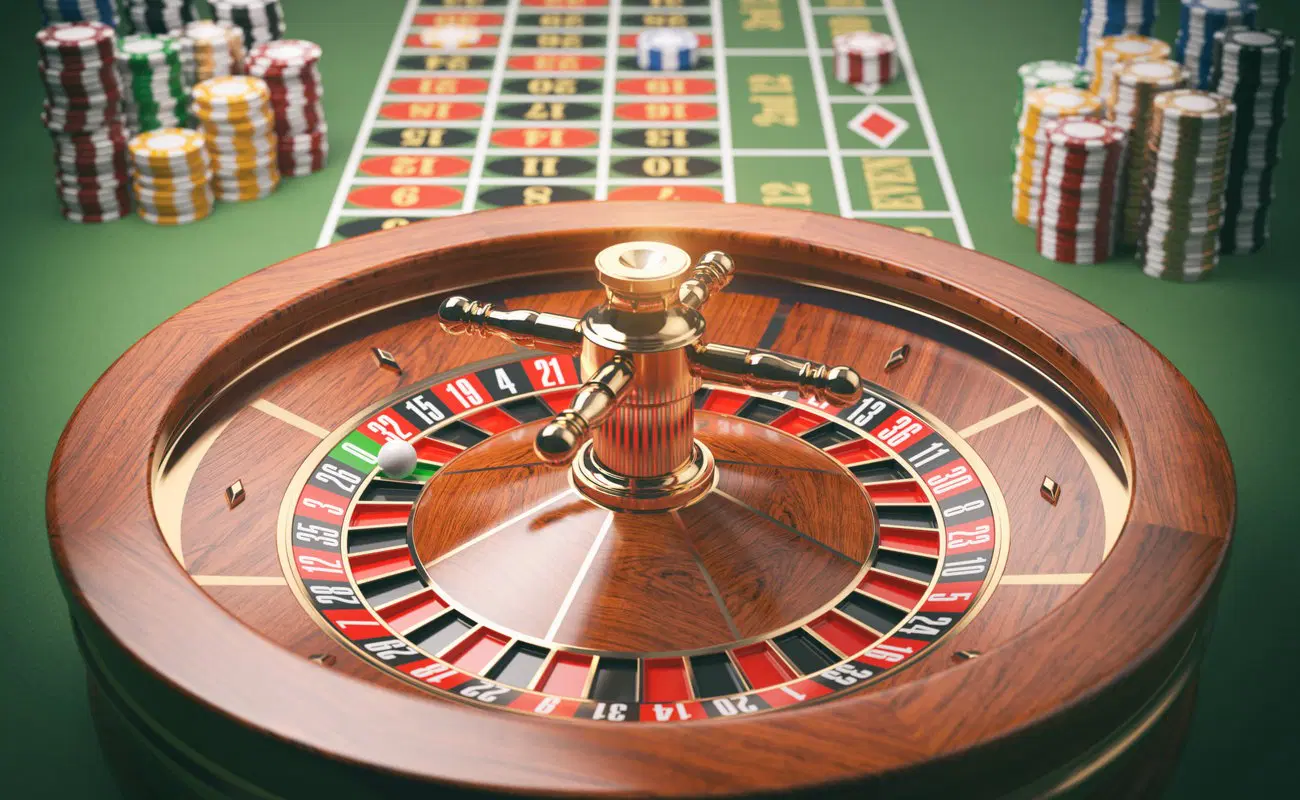
Roulette betting systems are strategies players use to manage their wagers in an attempt to influence the game’s outcome. These systems are primarily applied to even-money bets, such as red or black, odd or even, and high or low. It’s important to understand that while these systems can alter the pattern of bets, they do not change the fundamental odds of the game. The house always maintains an advantage, and no betting system can overcome this inherent edge.
We also recommend paying attention to:
What Game Has the Best Odds in a Casino?
Martingale System
One of the oldest betting methods is the Martingale system. After every defeat, you double your wager in an attempt to make up all of your prior losses in a single victory. For example, if you start with a $10 bet and lose, your next bet would be $20, then $40, and so on. While this approach can be effective in the short term, it requires a substantial bankroll and is limited by table maximums.
D’Alembert System
The D’Alembert system is a more conservative approach. This involves moving one unit up when you lose and one unit down if you win. Like the methods mentioned above, this method seems to balance the wins and losses through time. Imagine you have lost a $10 bet; the next bet will be $11, and it returns to $10 if you win.
Fibonacci System
This system is based on the famous Fibonacci sequence and involves making bets by adding two previous bets. Assuming the first two bets placed were $10 each, for example, the next bet would be $20, being $10 + $10. It should even out the losses over time, but again, the odds are not very significantly different from the other systems.
Labouchere System
Also known as the cancellation system, the Labouchere requires players to write a line of numbers up to the amount they want to win. Then, bet on the first and the last number of that line. The numbers are crossed out once won and added at the bottom in the case of a loss.
James Bond Strategy
This is a flat bet system that covers most of the table. To achieve this, you will place some bets in order to cover the numbers 19-36; the numbers 13-18, and the zero. For example, you can bet $140 on a high number: 19-36; numbers 13-18, $50 and $10 on zero. You will be able to cover slightly more than half the numbers this way, but again this does not guarantee you to win.
Reverse Martingale (Paroli) System
Reverse Martingale, or the Paroli system, is the exact opposite of Martingale. You double the amount you bet every time you win and return to the original amount upon a loss. In such a way, you maximize the profits of winning streaks and minimize your losses when you’re on a losing streak. Example: You start off by betting $10 and win. The next time, you bet $20, but if you lose, you go back to $10.
Andrucci System
The Andrucci system is based on the belief in an incidence of prevalence of certain numbers during a given period. By the system tracked the numbers that came up and bet upon the ones which hadn’t in rather a long period, assuming they were “due”. This system uses the gambler’s fallacy, and by no means does it improve the chances of the game.
We also recommend paying attention to:
Conclusion
While roulette is an exciting game with many betting options, the player must realize its inherent risks. Since it is a game of chance, no betting system will guarantee success, given its unpredictability and the house edge. It would be fun playing and socializing as pros, while some of the cons are possible financial loss and dependence on luck.
Players are encouraged, therefore to do responsible gambling, have limits, and view games as entertainment and not an end to ensure money comes in. They would have fun with roulette but with minimal risk.

James oversees the content of our site and ensures the quality of every review and news article. With over 10 years of experience in the gambling industry, he has dedicated his career to exploring new trends and market analysis. James strives to make our articles accurate, understandable, and engaging for all readers. In his free time, James enjoys playing poker and has authored several books on poker strategy.

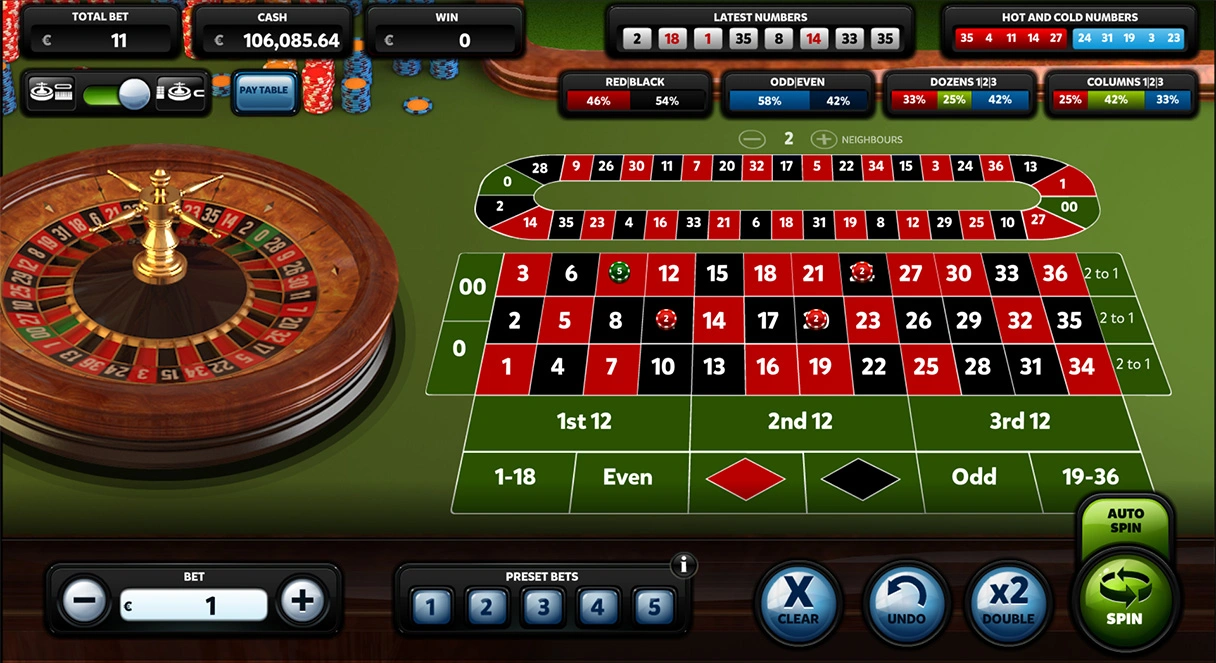
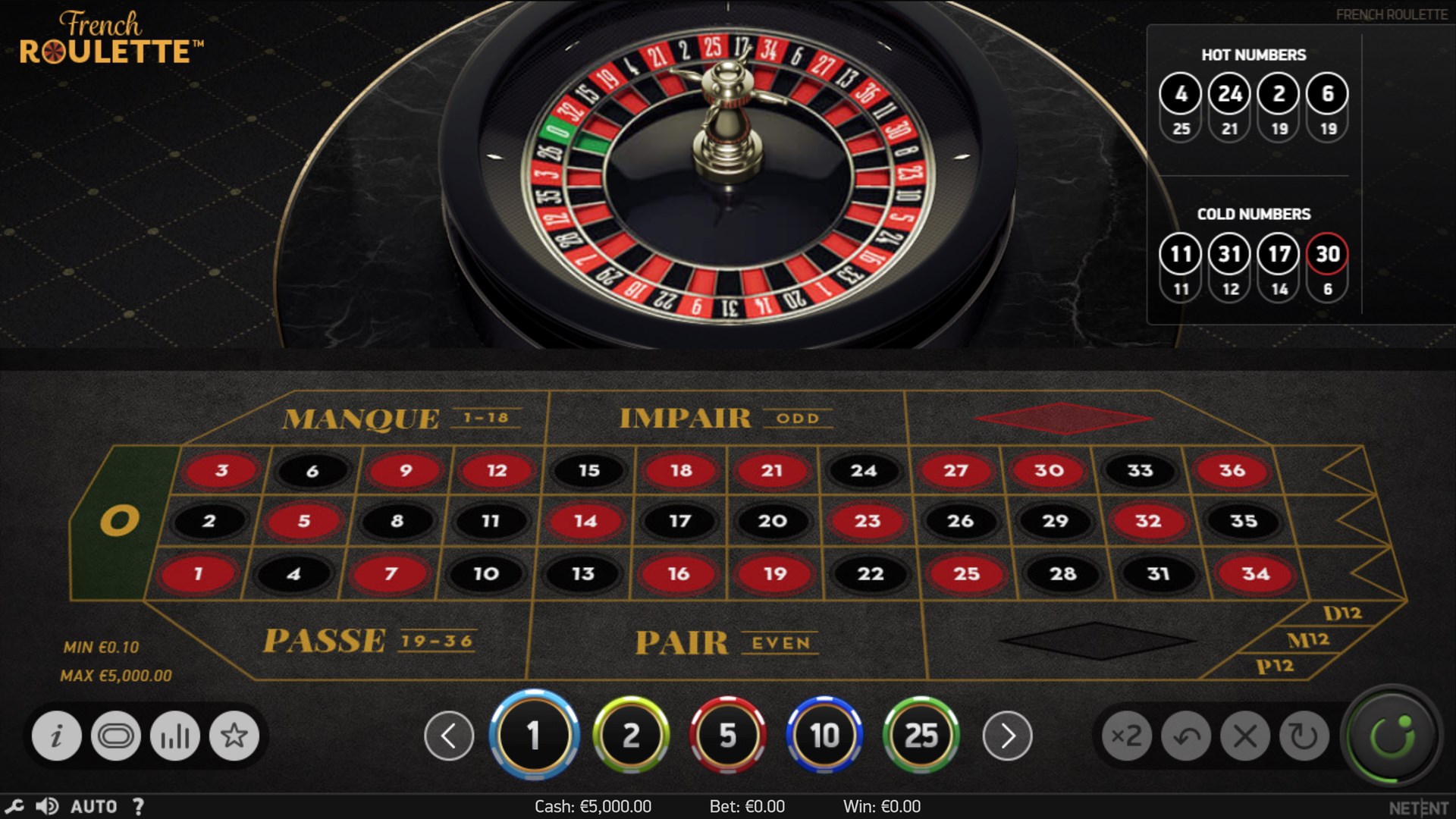

No comments yet. Be the first to comment!